Piano scales, an essential building block of music, are sequences of notes that ascend or descend in pitch according to a specific pattern. They provide the foundation for melody, harmony, and are pivotal in forming the basis of composition and improvisation. Understanding and mastering piano scales not only improves finger dexterity and coordination but also deepens the understanding of music theory. This article explores the concept, types and significance of piano scales in detail.
What Is A Scale?
A scale in music is a series of notes arranged in ascending or descending order by pitch. Each scale consists of a specific set of intervals, or steps between notes, and generates the ‘mood’ or ‘sound’ of a piece of music. In Western music, various scales exist, each characterized by its distinctive pattern of intervals. Among these, the major and minor scales stand out as the most prevalent choices. Understanding scales is crucial for musicians, as they provide the roadmap for melody and harmony in a composition.
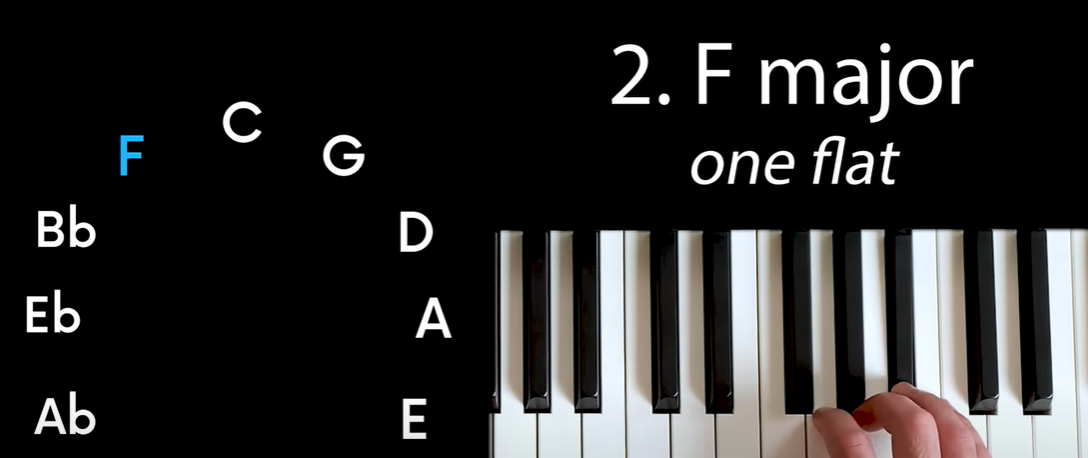
Whole-Steps And Half-Steps – The Building Blocks Of Scales
In the realm of music, whole-steps and half-steps serve as foundational units of measurement. They precisely quantify the intervals or distances between two notes, shaping the essence of melodic expression. A half-step, which is also referred to as a semitone, represents the tiniest interval found in Western music. On a piano, it’s the distance between adjacent keys, whether white to black, black to white, or white to white without any black key in between. A whole-step, also known as a whole tone, is equal to the distance of two half-steps. As an illustration, suppose you begin on a C note on a piano. The subsequent whole step would be a D, bypassing the black key in between, which is either referred to as C sharp or D flat. Understanding intervals is crucial as they form the building blocks for musical scales.
Which Piano Scales Should A Beginner Learn First?
For novice pianists embarking on their musical journey, it is recommended to commence with the fundamental building blocks of piano playing – major scales. The C Major scale is commonly the initial scale introduced, thanks to its simple pattern that exclusively uses the white keys on the piano. Afterwards, it is recommended to proceed with learning the G Major, D Major, and F Major scales, which introduce sharps (#) and flats (♭). These scales have a clear and manageable pattern, providing a solid foundation for understanding the structure of scales. After mastering these, one can proceed to minor scales, namely A minor, E minor, and D minor, which have the same key signatures as their relative major scales. [1]
How Many Scales Are There?
In the domain of Western music theory, there exist 12 major and 12 natural minor scales, encompassing the entirety of the 12 distinct pitches. However, including other scales like harmonic and melodic minor scales, as well as modes, significantly increases the number. Moreover, considering all the possible scales from different cultures around the world, the number of scales is virtually infinite. It is crucial to keep in mind that although having knowledge and proficiency in playing various scales can be advantageous, mastering the major and minor scales is generally adequate for the majority of Western music compositions.
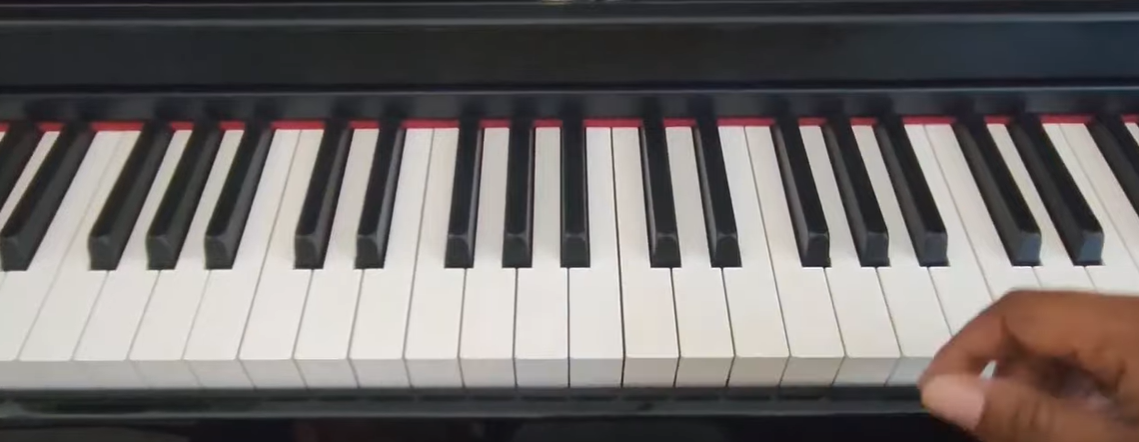
In What Order Should I Learn The Scales?
The sequence in which you acquire knowledge of scales can profoundly impact the smoothness of your learning journey. Here’s a commonly recommended sequence:
- Major Scales: Start with the C Major scale, which consists of only white keys, making it the easiest to learn. Once you’ve mastered it, progress to the G Major scale (with one sharp), followed by the D Major, A Major, E Major, B Major, F# Major, and C# Major scales. These are referred to as the sharp scales.
- Flat Major Scales: Next, delve into the F Major scale, which introduces one flat. Followed by the Bb Major, Eb Major, Ab Major, Db Major, and Gb Major scales. These scales are characterized by their use of flats.
- Natural Minor Scales: After major scales, progress to natural minor scales. Start with A minor (relative to C Major), then learn sharp minor scales and flat minor scales in the same sequence as major scales.
- Harmonic Minor Scales: Once you have mastered the natural minor scales, it’s time to incorporate the harmonic minor scales into your practice routine.
- Melodic Minor Scales: Finally, let’s delve into the enchanting world of the melodic minor scales. [2]
Different Types Of Piano Scales
Piano scales encompass a variety of types, each possessing a distinct arrangement of intervals and sonic attributes. Here are some common types:
- Major Scales: In western music, major scales reign supreme as the most frequently employed scales. Comprising seven unique pitches, they follow a precise arrangement of whole and half steps. These scales, with their distinctive pattern, hold a prominent position in the realm of music.
- Minor Scales: Minor scales, like major scales, consist of seven notes, but they have a distinct arrangement of whole and half steps. There are three variations of minor scales: natural minor, harmonic minor, and melodic minor.
- Pentatonic Scales: Pentatonic scales, composed of five notes, find extensive application in both Eastern and Western music traditions. These scales manifest in two distinct variations: major pentatonic and minor pentatonic.
- Blues Scales: The blues scale is a six-note scale derived from the minor pentatonic scale, incorporating an additional ‘blue’ note. It’s a fundamental scale in blues music but is also used in rock, jazz, and other genres.
- Chromatic Scales: A chromatic scale encompasses the entirety of the twelve pitches within an octave. On a piano, it would include all the white and black keys from one note to the same note in the next octave.
- Whole Tone Scales: A whole tone scale consists of six notes, with each subsequent note being a whole step away from the preceding one. This scale gives a dreamy and ambiguous sound.
- Modes: Modes are scales that originate from the major scale, but each mode starts on a different note. The seven modes, namely Ionian, Dorian, Phrygian, Lydian, Mixolydian, Aeolian, and Locrian, offer a diverse range of musical expressions.
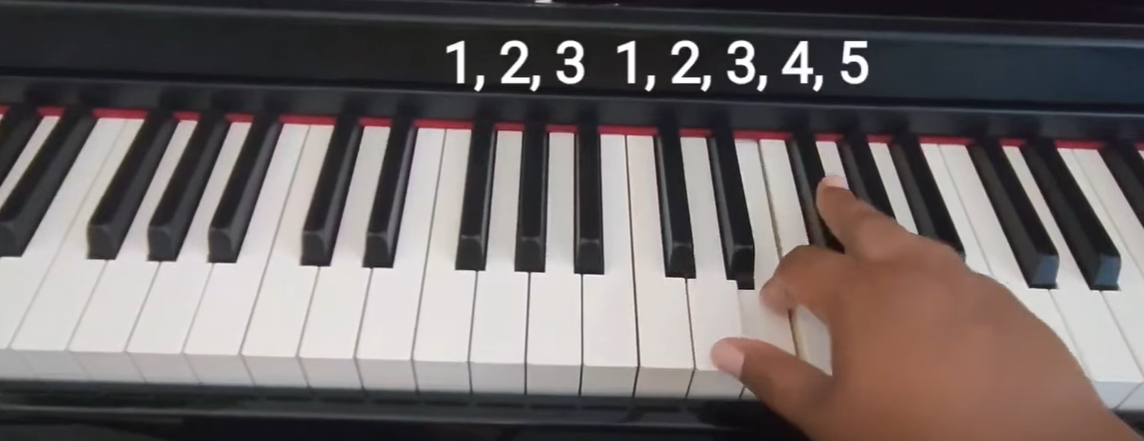
How Do Beginners Practice Piano Scales?
Practicing beginner piano scales requires a strategic approach for efficient and effective learning. Here are some steps to follow:
- Initially, play each scale slowly, focusing on accuracy rather than speed. This helps your fingers learn the correct movements and positions.
- For each scale, there is a recommended fingering pattern. Following these can significantly improve your speed and fluency over time.
- Consistency is key. Aim to practice a little every day rather than in large chunks once or twice a week.
- Start by practicing each scale with one hand at a time before trying them with both hands together. This allows you to focus on the intricacies of each hand’s movements separately.
- A metronome can be a useful tool to help keep a steady tempo. Begin with a gentle tempo and progressively escalate it as you become more at ease and skilled.
- Repetition is crucial. Play each scale multiple times in a row to reinforce the muscle memory.
- Consider recording your practice sessions from time to time. By listening to your performance, you can easily pinpoint areas that require improvement.
- Only after you are comfortable with a scale should you move on to the next one. Remember, it’s about depth of understanding, not breadth.
- Learning piano scales takes time and practice, so be patient with your progress and stay positive, knowing that each effort is bringing you closer to your musical goals. [3]
Following these steps will help beginners establish a solid foundation in piano scales, setting the stage for more advanced study and performance.
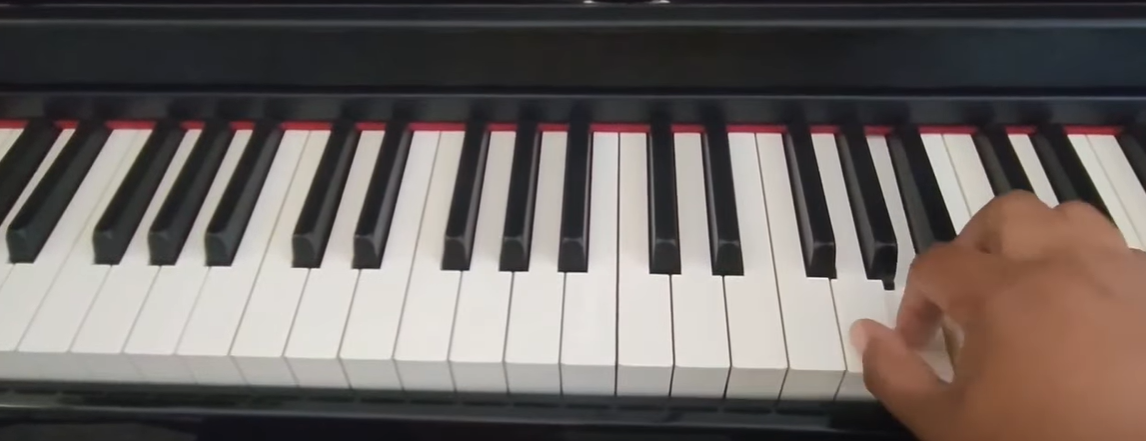
How To Memorize Piano Scales
Memorizing piano scales is a critical step in the process of becoming a proficient piano player. Here are some effective strategies to aid in this process:
- Understand the Structure: Scales follow specific patterns of whole and half steps (for Major and Minor scales) and note combinations (for other types of scales). Understanding these patterns helps with memorization.
- Start with the Key Signature: Identify the key signature of the scale you’re learning. Knowing the key signature can help you remember which notes are sharp or flat within the scale.
- Visualize the Keyboard: Visualize the scale on the keyboard, even when you’re not at the piano. Imagine where each note is and how your fingers would move to play it.
- Chunking: Break the scale down into smaller, manageable chunks. Practice each chunk separately until you’re comfortable, then start combining them.
- Practice, Practice, Practice: There’s no shortcut – regular, focused practice will help reinforce your memory of each scale. Aim to practice a little each day, consistently.
- Use Mnemonics: Create a mnemonic device or sentence to help remember the sequence of notes in a scale.
- Play in Different Octaves: Practice the scale in different octaves. This will help you get comfortable with the scale across the entire keyboard.
- Practice with Both Hands: Once you’re comfortable playing the scale with each hand separately, begin practicing with both hands together.
- Stay Patient: Memorizing scales takes time. It’s normal to feel slow or frustrated. Keep practicing, stay patient, and you’ll see improvement over time.
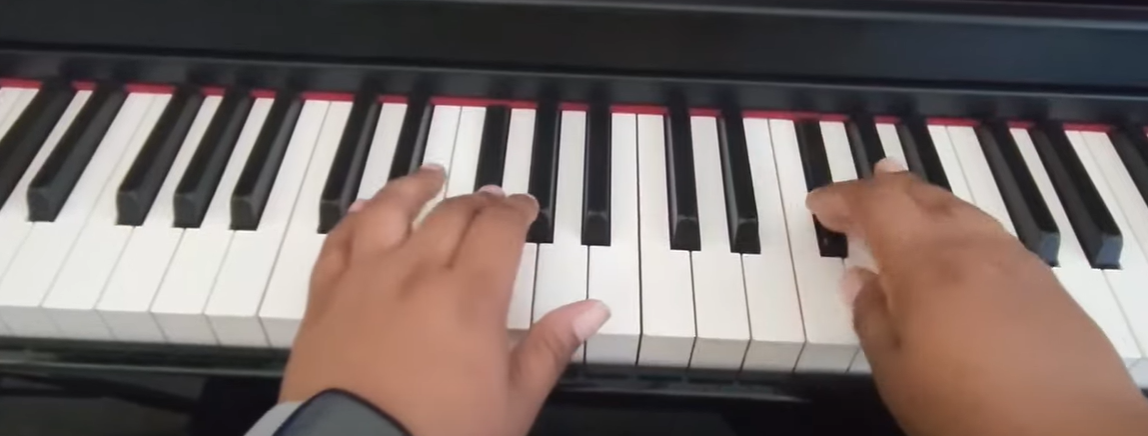
Why Practice Piano Scales?
Practicing piano scales plays a pivotal role in developing your piano skills. Here’s why:
- Technique Improvement
- Understanding Music Theory
- Improvisation Skills
- Ear Training
- Familiarization with the Keyboard
- Improved Sight Reading [4]
Remember, the point of practicing scales is not just to memorize them, but to use them as a tool to improve your overall piano playing abilities.
Should A Beginner Learn Scales Or Chords First?
Deciding whether to learn scales or chords first as a beginner is a common quandary. The answer largely depends on individual learning goals. If you are interested in understanding the structure of music, improvising, or developing soloing capabilities, scales might be a better starting point. Scales form the fundamental building blocks of music theory, enabling a deeper comprehension of the intricate connections between notes and key signatures.
Conversely, if you aim to accompany songs or start playing pieces quickly, learning chords first could be beneficial. Chords provide the harmonic backbone of a piece of music and are essential for understanding song structures. Starting with chords can also give beginners a sense of accomplishment, as they can quickly learn to play recognizable parts of songs.
Piano Scales Generator
A Piano Scales Generator is a tool to help learn and practice piano scales. It works by allowing you to select a scale type (Major, Minor, etc.) and the key in which you wish to practice. The generator will then display the notes of the selected scale on a virtual piano keyboard, showing the correct finger placement and sequence of notes. Some generators may also provide an audio playback feature, allowing you to hear the scale being played correctly. This tool is particularly useful for visual learners and can tremendously assist in grasping the structure of various scales, their key signatures, and the spatial relationships between the notes on the piano keyboard. The Piano Scales Generator is an innovative way to supplement your scale practice and expedite your journey to becoming a proficient piano player. [5]
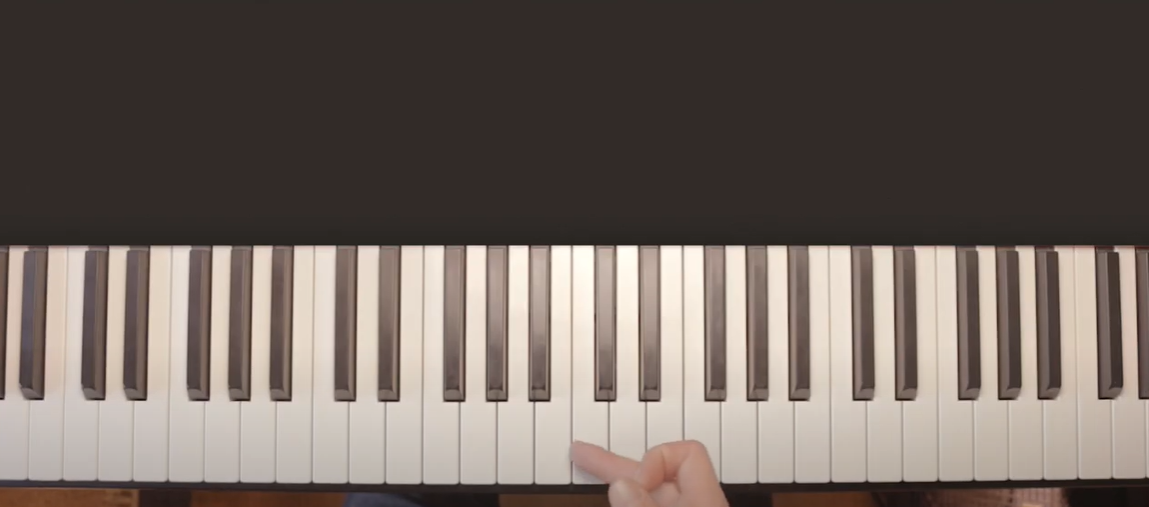
FAQ
Which piano scales to learn first?
The best scales for beginners to start with on the piano are the Major scales, specifically the C Major scale, because it involves only white keys and is relatively easy to play. The C Major scale is also fundamental to understanding basic music theory. After mastering the C Major scale, you can slowly add more Major scales such as G Major and D Major. These scales introduce the use of black keys (sharps). Following this, you can start learning minor scales. The A minor scale is a good starting point as it, like the C Major scale, also uses only white keys. As you progress, you can gradually move on to more complex scales like chromatic scales or blues scales. Remember, the idea is to master each scale, understanding their structure and sound, before moving onto the next.
What is the difference between chords and scales on a piano?
Chords and scales are both fundamental components of music, but they serve different functions and have distinctive structures. A scale is a sequence of notes arranged in ascending or descending order. It forms the basis for melody and harmony in music. The notes in a scale are usually played one at a time, either in a rising or falling pattern.
On the other hand, a chord is a group of notes that are played simultaneously. Chords are constructed from specific notes in a scale and contribute to the harmony of a piece of music. While a scale can be thought of as a linear set of notes, a chord can be seen as a vertical stack of notes.
Why are scales important?
Scales are important because they serve as the building blocks of music. Understanding and mastering scales can significantly improve your musical capabilities in several ways. Firstly, they enhance your finger dexterity and coordination, critical aspects for playing any musical instrument. Secondly, scales provide insight into how melodies and harmonies are constructed, thereby improving your understanding of music theory. Lastly, they are a vital tool for improvisation, allowing musicians to create new melodies and solos. Practicing scales can also help you become more familiar with your instrument’s layout, improve your ability to sight-read music, and train your ear to recognize different scales. Essentially, scales are the foundation upon which much of music is built and understanding them is essential for any aspiring musician.
Why do pianists learn scales?
Pianists learn scales for a multitude of reasons. Primarily, scales are the bedrock of music theory; understanding them aids in comprehending key signatures, chord structures, and the relationship between different notes. As such, learning scales equips pianists with the necessary tools to read and interpret a wide array of music pieces. Scales also enhance the technical proficiency of pianists, aiding in the development of speed, precision, and finger strength. Moreover, familiarity with different scales allows for greater creativity in improvisation, enabling pianists to create novel melodies and harmonies. In essence, learning scales is an integral part of a pianist’s training that fosters both theoretical understanding and practical competence.
Why should I practice scales?
Practicing scales is fundamental to developing and enhancing your piano playing skills. It improves finger dexterity and precision, contributing to your ability to play more complex compositions with ease. Also, familiarity with scales enhances your understanding of the structure of music, allowing for a better interpretation of different pieces and improvisation of your own. Scales practice also assists in training your ear, enabling you to recognize different scales and their associated tonal qualities. Furthermore, regular scale practice can help improve your sight-reading skills, as the patterns found in music often correspond to scales. In essence, practicing scales is not just an exercise in repetition, but a tool for building a strong foundation for all your piano playing endeavors.
Is Grade 1 piano beginner?
Yes, Grade 1 piano is typically considered a beginner level. It’s the first grade in most piano grading systems like ABRSM or Trinity College London. At this level, students are expected to have mastered basic piano skills such as playing simple pieces with both hands, reading basic music notation, and understanding simple musical terms. It’s important to note that before hitting Grade 1, there are initial or preparatory stages where the absolute basics are learned, which are often referred to as ‘pre-Grade 1’. So, while Grade 1 is considered a beginner level, it’s not the absolute starting point for learning the piano. Students at this grade are still beginners, but they’ve moved beyond the very first steps.
Should I memorize piano scales?
Yes, memorizing piano scales can be beneficial for numerous reasons. Scales are the foundation of all music we hear and play. Having them memorized allows you to swiftly identify them in the pieces you are playing and understand the structure of the music more comprehensively. Furthermore, memorizing scales also aids in improvisation. When you know your scales by heart, you can navigate the keyboard more confidently and create melodies on your own, without needing to rely on sheet music. Additionally, knowing scales from memory can help improve your sight-reading abilities, as you’ll recognize familiar patterns from the scales in the music you’re reading. Therefore, the memorization of scales is a crucial aspect of piano learning and mastery.
How many scales on piano?
There are 12 major scales and 36 minor scales (which includes harmonic minors, melodic minors, and natural minors), totaling 48 basic scales on the piano. However, if you dive deeper into modes, pentatonic scales, blues scales, and other types, the number can reach well beyond hundreds. It’s important to note that this may be overwhelming for beginners. Starting with major and minor scales and gradually introducing other types as your proficiency increases can be a practical approach.
What is the hardest piano scale?
The perceived difficulty of a piano scale can depend on several factors, including the player’s familiarity with the key, finger dexterity, and level of training. However, many pianists find that the B Major scale can be quite challenging. This scale has five sharps – C#, D#, F#, G#, and A# – which can make it more complex to play and remember compared to other scales. Additionally, the fingering pattern for B Major is not as intuitive as it is for some other scales, making it a bit more tricky to master. It’s important to remember, though, that with diligent practice, any scale can become manageable over time.
Should I learn scales or chords first?
While the sequence of learning can vary for different individuals, it’s generally recommended for beginners to start with scales before moving on to chords. Understanding scales first provides a solid foundation in music theory as they form the basis for chords and melodies in a piece of music. Scales help you learn the 12 keys, enhance your finger dexterity, and familiarize you with melodic progression. Once you’re comfortable with scales, you can progress to learning chords, which are essentially a group of notes from a scale played together. Understanding how chords are built from scales will also make learning chords easier and more intuitive. Therefore, while both are equally important in music education, starting with scales could make your learning journey more coherent and manageable.
Useful Video: Which Piano Scales Should You Learn First? | A Helpful Order Of Types & Keys
Conclusion
In conclusion, scales are an essential part of learning and mastering piano playing. They provide the foundation for understanding music theory, improving technical proficiency, and enhancing your ability to interpret and create music. Whether you are a beginner starting with Grade 1 or an advanced player, practicing and memorizing scales will significantly contribute to your musical development. Despite the initial challenge posed by the vast variety of scales and the perceived difficulty of some, such as the B Major scale, persistent practice can make any scale manageable over time. Starting with scales before moving on to chords ensures a structured learning process, allowing for a better grasp of the interrelationship between scales, keys, and chords.
References:
- https://www.skoove.com/blog/piano-scales/#:~:text=What%20are%20piano%20scales%3F,a%20root%20and%20a%20quality.
- https://www.pianoscales.org/theory.html
- https://www.libertyparkmusic.com/what-are-piano-scales/
- https://vitapiano.com/the-complete-guide-to-piano-scales/
- https://rebeccaspianokeys.com/piano-scales-beginners/




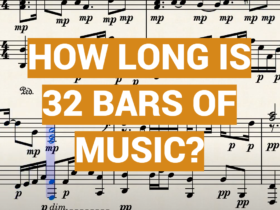
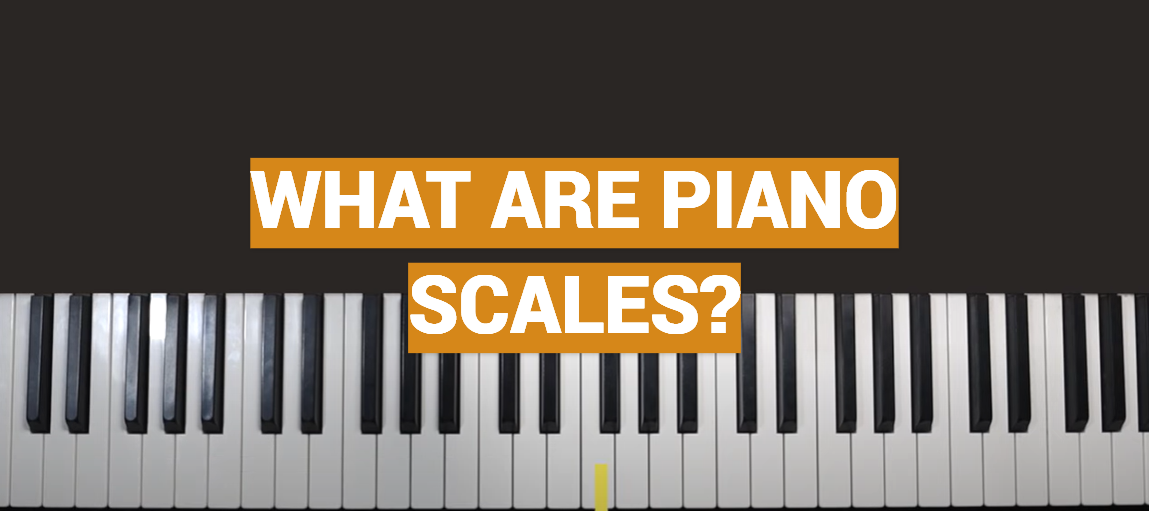




Leave a Reply